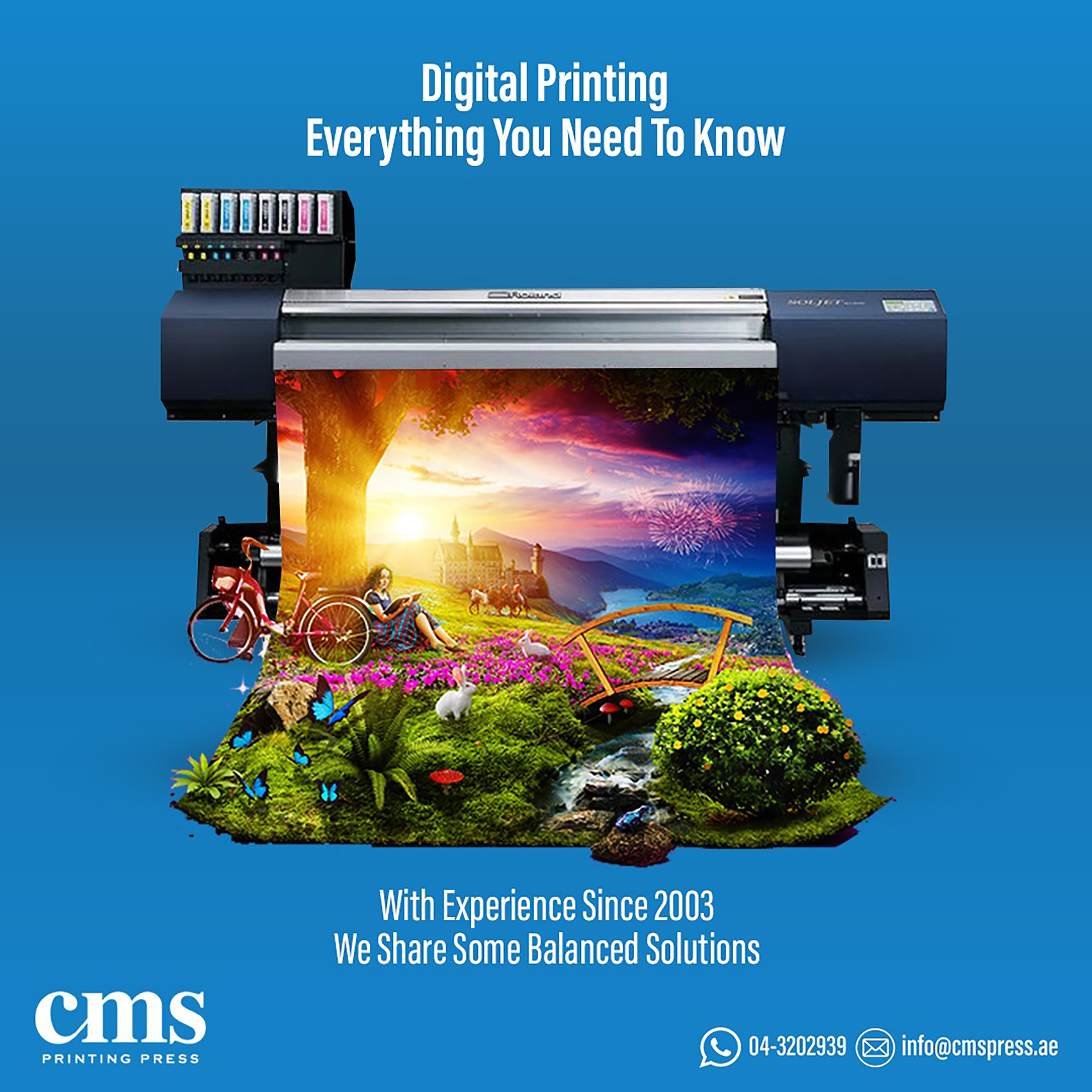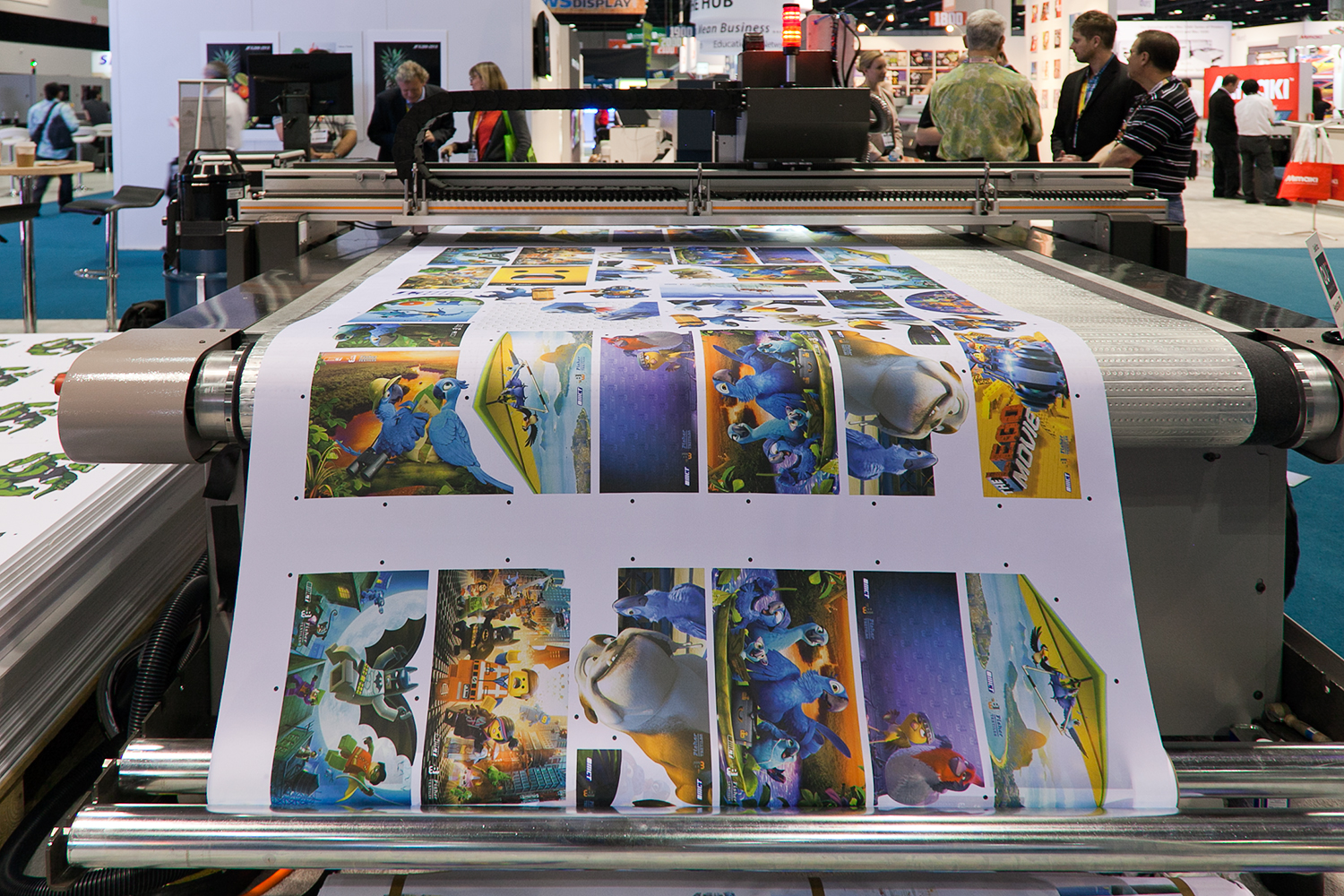The 2-Minute Rule for Digital Printing
The 2-Minute Rule for Digital Printing
Blog Article
How Digital Printing can Save You Time, Stress, and Money.
Table of ContentsSome Known Questions About Digital Printing.The Best Strategy To Use For Digital PrintingDigital Printing - QuestionsFascination About Digital PrintingNot known Facts About Digital PrintingLittle Known Questions About Digital Printing.Indicators on Digital Printing You Need To KnowExamine This Report on Digital Printing
Personalization additionally enables companies to stick out in a crowded market by creating distinct marketing products that separate them from their rivals. One of the main advantages of electronic printing is the capacity to print variable data. Each published piece can be one-of-a-kind, enabling businesses to produce tailored advertising products that talk directly to their target audience.Digital printing also enables personalization in the style of advertising and marketing products. With digital printing, businesses can create styles that are special and tailored to their details needs. This can consist of customized graphics, font styles, and designs that can help to differentiate them from their competitors. One more advantage of digital printing is the capacity to print on need.
The Main Principles Of Digital Printing
By printing smaller amounts of advertising and marketing products, companies can decrease waste and stay clear of the need for excess supply. Digital printing is also functional.
By utilizing various products and layouts, organizations can create one-of-a-kind marketing products that stick out from their rivals and stand out from their target audience. Digital printing also provides consistency. With typical printing methods, there is typically variation between prints as a result of differences in ink coverage, stress, and various other factors.
This uniformity can assist build client trust and credibility, showing that business is committed to providing top quality materials. Consistency is particularly vital for companies that want to construct client count on and reliability. By making certain that every print is regular, companies can show that they are devoted to supplying high-quality products and paying attention to the details.
Facts About Digital Printing Revealed

Furthermore, electronic printing creates much less waste since it can publish on need and in smaller amounts, minimizing the demand for excess inventory and materials. Digital printing likewise makes use of less power contrasted to typical printing approaches. Digital printers do not require as much energy to operate, as they do not need to heat up as a lot or make use of as much power to run.
What Does Digital Printing Mean?

Balanced out printing calls for a plate for each and every shade published. Conventional balanced out printing is a print approach that uses light weight aluminum plates to transfer ink onto a rubber sheet (often referred to as a "covering"). The photo is after that rolled onto the printing surface area. This printing method is taken into consideration "countered" because the ink is not transferred to the paper directly.
Some Known Details About Digital Printing
Although the equipment's set-up costs are high originally, added units end up being relatively more economical as the amount boosts. Countered printing enables a vast array of print materials to be utilized you could try this out during manufacturing. It allows the printer to use various paper types, custom-made finishes, and numerous inks. The top notch photos created through offset printing make it the recommended technique, particularly amongst visuals designers, when looking for the best color recreation, detail, and professional-looking prints.
For electronic inkjet printing, ink is transferred straight onto the surface area. Rather than depending on light weight aluminum plates and rubber blankets to transfer a photo, digital printing makes use of liquid ink during manufacturing.
Facts About Digital Printing Revealed
Since countered printing can blend personalized shade inks for each task, it will naturally obtain the colors spot-on. Count on balanced out printing for tidy, distinct types and pictures without streaks or spots.
It costs a whole lot to begin a balanced out task. You need to invest money right into producing the plates, which requires time. When you have actually spent it, all of the materials are all set to go, and you'll spend much less on huge offset work than a digital print, which is about the very same per piece no matter just how huge the work gets.
Each print equals. You take the chance of fewer strange variants triggered by inequalities in water and ink. Digital printing is much less costly for low-volume tasks. The rate per system drops for digital printing, so at some time, they crisscross. Altering details within a single print task. State you were that site publishing out postcards marketing a concert.
Get This Report about Digital Printing
While electronic printing or inkjet printing is the favored selection in the existing times, there are engaging factors to transform from balanced out to digital printing systems. When printing countered or electronically, critical decisions and procedures are involved in shade matching.
Industrial inkjet printing uses versatility for printing on lots of various substratums. Digital printing is ideal for consumers who do not require longer runs and warehousing products.

One advantage of digital printing is picking from a vast array of digital substratums. With countered printing, substratums make up, usually, 30% of the cost of the work. With digital printing, the expense of the substratum in the total work is minuscule. This enables even more selections than ever in the past, which benefits marketers and companies.
The smart Trick of Digital Printing That Nobody is Discussing
drop-on-demand is the 2nd printing modern technology to consider. Continual inkjet systems call for considerable maintenance, more driver training, and greater downtime. Equipment prices in inkjet printing are much reduced than balanced out printing as there are no plate-making, plates, view and press expenses. Past the funding expense, the prepress equipment and printing machine need highly proficient operators in countered printing, which includes labor costs.
Report this page